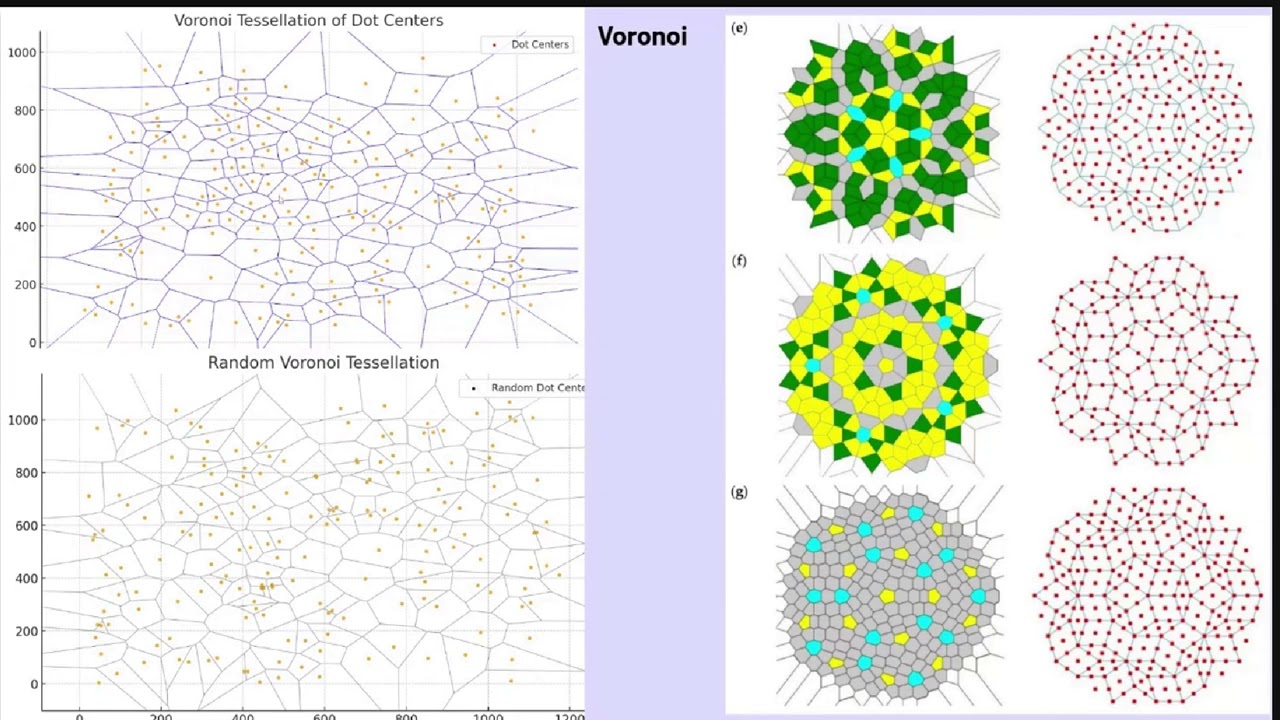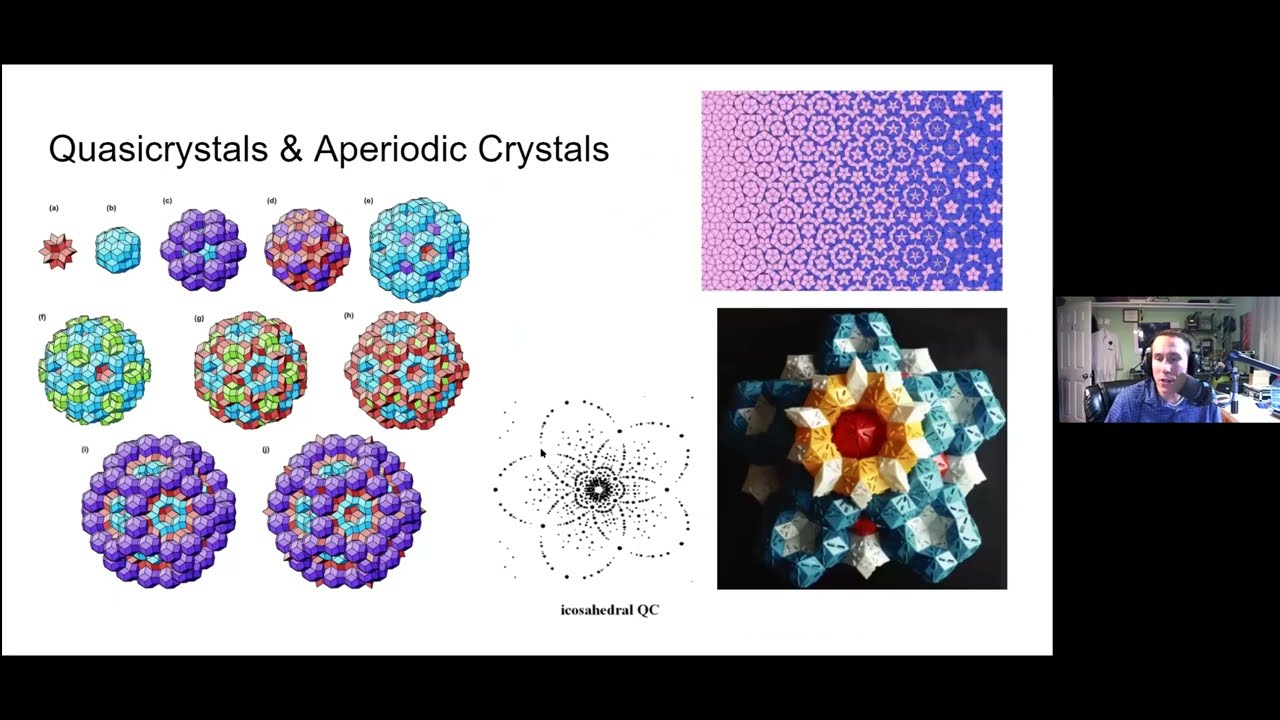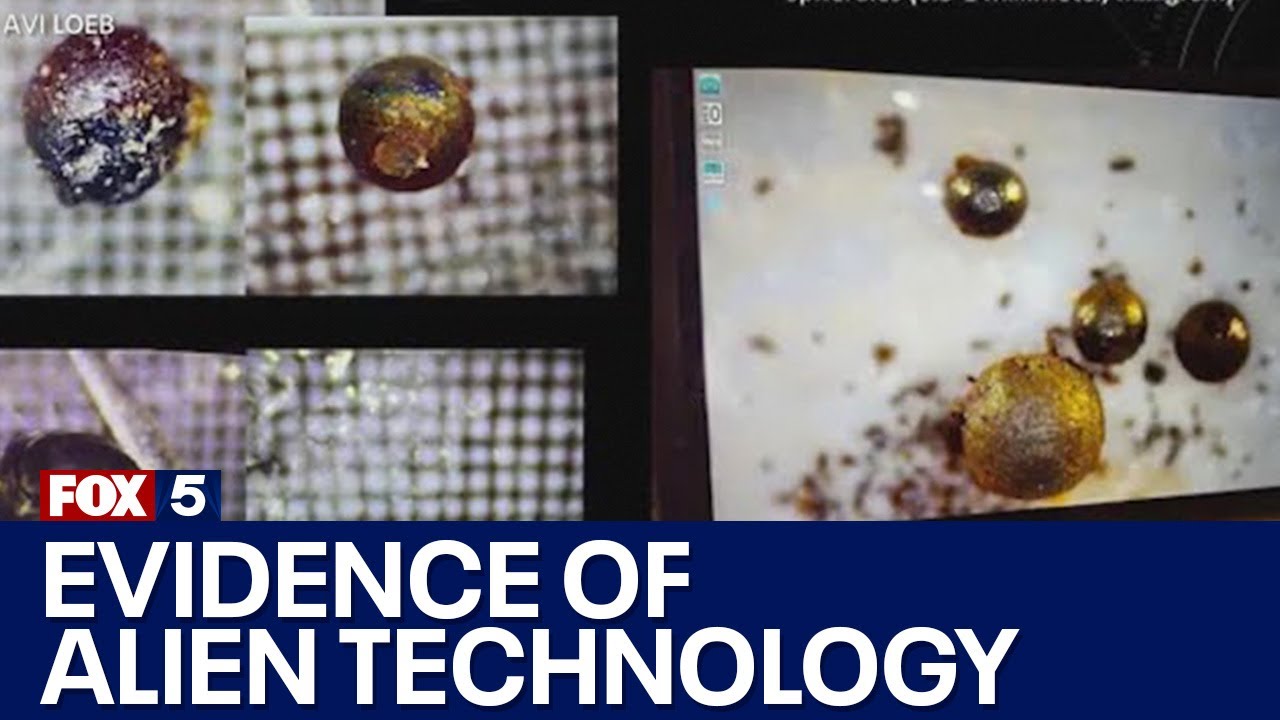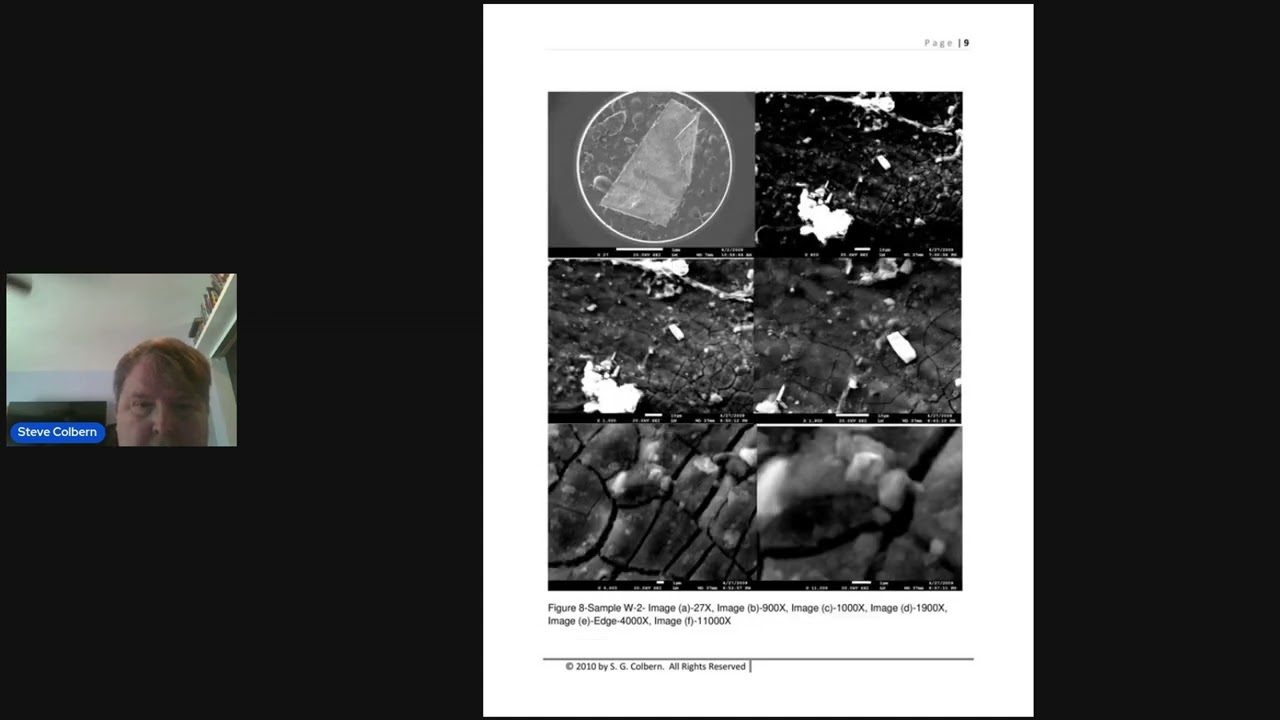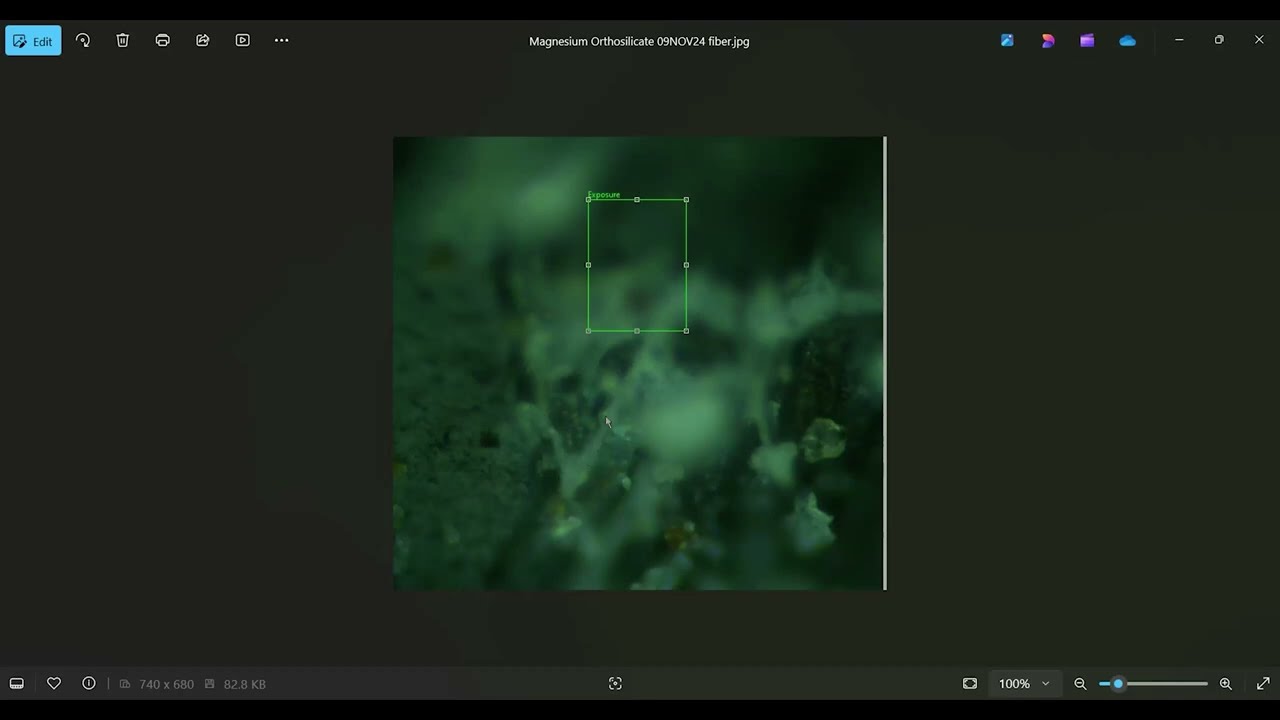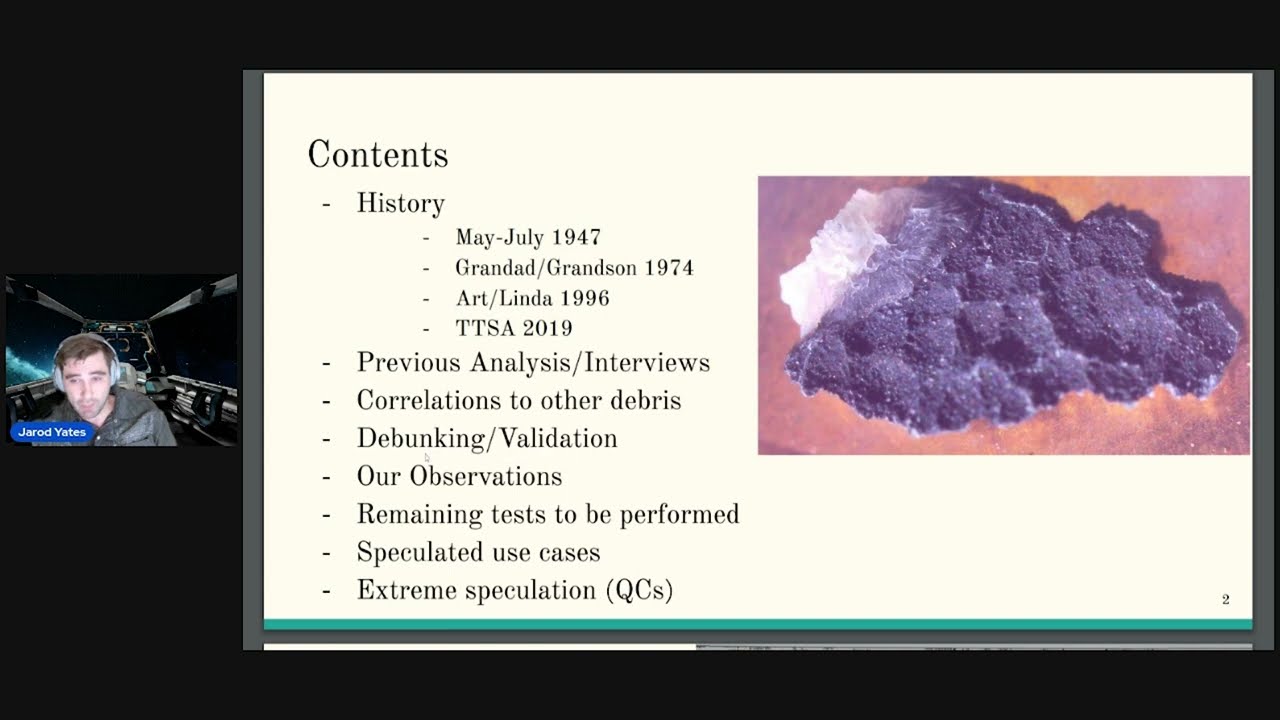Lab Analysis of UFO Metal Specimens by Dr. Marcel Vogel
Dr. Marcel Vogel performs a live laboratory analysis of “UFO” metal specimens, recorded back in 1979.
This video details the microscopic analysis of unusual metallic specimens, possibly of extraterrestrial origin, by Dr. Marcel Vogel, a senior IBM scientist. The specimens, received from Mr. Delatosa via Mr. Stevenson, exhibit complex crystalline structures and unusual material compositions defying conventional explanation. Extensive optical microscopy, including polarized light and Nomarski interference contrast, reveals intricate banding, flow patterns, and birefringent areas. Higher magnification, achieved using various techniques including a Witicon tube, reveals structures within structures. Scanning electron microscopy is deemed necessary for further analysis. Elemental analysis reveals unexpected combinations of elements like thulium, silicon, iron, and sulfur. The scientist notes the disappearance of similar materials in the past, adding a layer of mystery to the investigation. The overall conclusion emphasizes the need for dedicated scientific research to understand the origin and composition of these enigmatic specimens.
A Scientist’s Journey into the Unknown
Our story begins with a seasoned scientist from IBM, a specialist in energy conversion within crystals whose fascination with the subject began with fireflies at the tender age of seven. With two decades of experience in optical microscopy, particularly with liquid crystals, this individual – let’s call him Dr. X – was initially skeptical when contacted in April regarding unusual findings in Switzerland. However, the promise of physical evidence swayed his scientific curiosity.
The Specimens: A Glimpse into the Extraordinary
The specimens, provided by Mr. Delatosa via Mr. Stevenson, were described as silvery, melted, and mounted in plastic. Initial observations under various illuminations and magnifications revealed crystalline deposits and a highly convoluted structure, demanding a range of microscopy techniques for thorough analysis. The banded structures suggested a cold flow process, a stark contrast to high-heat formation.
Microscopic Marvels and Baffling Composition
The analysis, painstakingly detailed, involved various microscopy techniques: polarized light, infrared and ultraviolet microscopy, and ultimately, scanning electron microscopy. The images revealed intricate internal structures, with structures within structures, interlacing areas, and a fascinating birefringence – the property of a material having a refractive index that depends on the polarization and propagation direction of light. The use of a Witicon tube allowed for the visualization of evolving structures, further adding to the mystery.
High magnification revealed unusual crystalline patterns and metallic luster. The material’s composition proved equally baffling. Preliminary analysis suggested copper, nickel, and silver, with silver solder (a silver and nickel alloy) identified in some specimens. However, further analysis using spectral techniques revealed silicon, iron, and sulfur as predominant elements in certain areas, while other sections showed thulium as the major element, with trace amounts of bromine, argon, and silver. The purity of the thulium was particularly noteworthy.
The Disappearance and the Unanswered Questions
The most perplexing aspect of this story is the disappearance of the specimens after Dr. X shared his findings with Dr. Richard F. Haynes. This wasn’t an isolated incident; similar disappearances had occurred with crystals in the past. The lack of a rational explanation for the material’s composition and the subsequent disappearance only deepens the mystery.
A Call for Further Investigation
Dr. X, driven by scientific curiosity rather than profit, advocates for serious scientific study of these unusual specimens. The unique composition, the intricate structures, and the unexplained disappearance all point to a phenomenon that deserves further investigation. The story of the Swiss specimens serves as a reminder that the world is full of mysteries, and that even the most seasoned scientists can be left baffled by the wonders of the universe. The question remains: what were these specimens, and where did they come from? Perhaps future research will shed light on this captivating enigma.
Register For UFORev
Want to see more great UFO Reverse Engineering stories? Sign up for our mailing list to get exclusive access to captivating presentations, engaging events, and more!
RECENT POSTS
Art’s Parts Sample May Contain Quasicrystals
April 7, 2025
Space Age Materials for UFO Reverse Engineering
April 7, 2025
Harvard Physicist May Have Found Alien Technology
April 7, 2025
San Augustin: UFO Crash Recovery Sample Analysis
April 6, 2025
Art’s Parts: Metallurgical Microscope Analysis
April 6, 2025
Art’s Parts 1: UFO Crash Recovery Material Analysis
April 6, 2025
